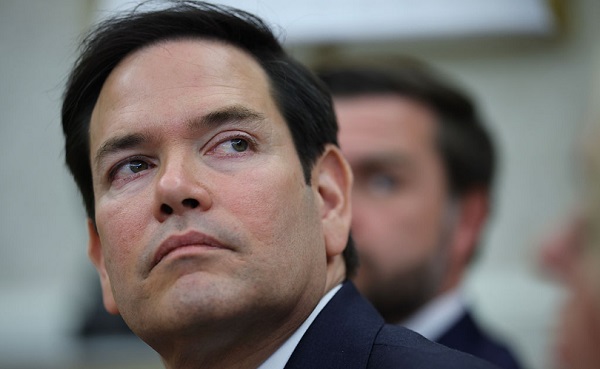From The Center Square
Three major wildfires are tearing through Southern California while firefighters struggle to contain them with major Santa Ana winds getting up to 100 mph.
As of Wednesday morning, two people have been killed and over 1,000 homes, businesses and other buildings have been destroyed in Los Angeles County.
“Last night was one of the most devastating and terrifying nights that we’ve seen in any part of our city in any part of our history,” Los Angeles City Council President Marqueece Harris-Dawson said during a Wednesday morning news conference.
The City of Los Angeles has declared a state of emergency and the national guard has been deployed to assist the hundreds of firefighters tackling the fires.
The fire in the Pacific Palisades was the first wildfire to break out after the weather alert warnings, burning over 11,000 acres in 24 hours and tens of thousands of local residents having been evacuated. The Pacific Palisades is home to some of the most expensive homes in the state and now thousands of these multi-million-dollar homes have burned to the ground.
A second fire broke out Tuesday evening in Eaton Canyon near Pasadena and has burned over 10,000 acres as of Wednesday morning, forcing tens of thousands of individuals to evacuate and burning numerous buildings.
The other major fire – the Hurst fire – has burned around 700 acres. The wildfire located in San Fernando was discovered late Tuesday night and continued to spread, forcing the evacuation of those living in the Sylmar neighborhood.
During Wednesday morning’s press conference, Los Angeles County Fire Chief Anthony Marrone emphasized the importance of evacuating when the orders are in place, reporting a “high number of significant injuries” to those who didn’t evacuate.
None of the fires have been contained with firefighters being stretched thin, working 48-hour shifts. A combination of increased vegetation, dry conditions and extreme winds created a perfect storm for weather that the National Weather Service said is “as bad as it gets.”
“The preconditions for a January fire in Southern California couldn’t be much worse. After two years of generous moisture (especially in 2022-23), the state’s 2024-25 wet season has gotten off to an intensely bifurcated start: unusually wet in NoCal and near-record dry in SoCal,” wrote meteorologist Bob Henson in Yale Climate Connections. “On top of the unusually dry conditions for early January, we’re now in the heart of the Santa Ana wind season. These notorious and dangerous downslope winds, which occur when higher-level winds are forced over the coastal mountains and toward the coast, typically plague coastal Southern California a few times each year.”
Approximately 10% of Los Angeles County schools have been closed including the entire Pasadena Unified School District and numerous roads including much of the Pacific Coast Highway, 10 Freeway going westbound, Topanga Canyon Boulevard, parts of Angeles Crest Highway and the 210 Freeway going westbound.
Gov. Gavin Newsom urges all of those near evacuation zones to stay vigilant as the worst still may be yet to come as the Los Angeles Fire Department has issued a red flag warning to last through Thursday evening in some areas.
“This is a highly dangerous windstorm that’s creating extreme fire risk – and we’re not out of the woods,” Newsom said in a statement. “We’re already seeing the destructive impacts with this fire in Pacific Palisades that grew rapidly in a matter of minutes.”
Newsom announced Tuesday that he was able to secure fire management assistance grants from FEMA for both the Palisades and Eaton fires.
















